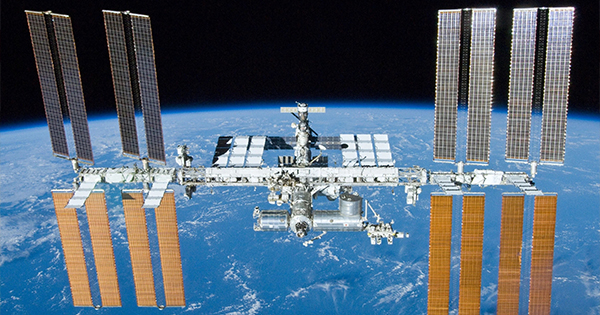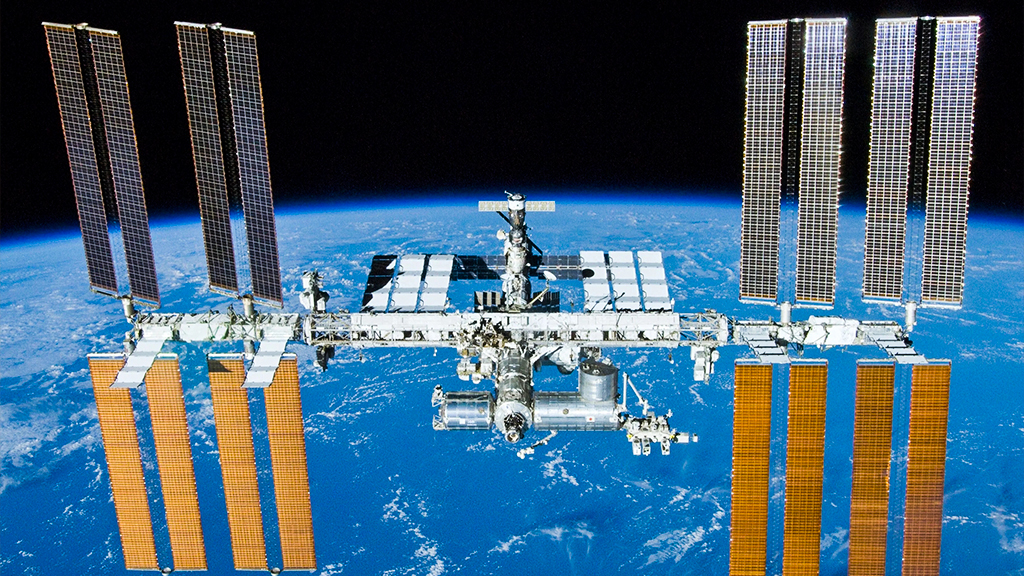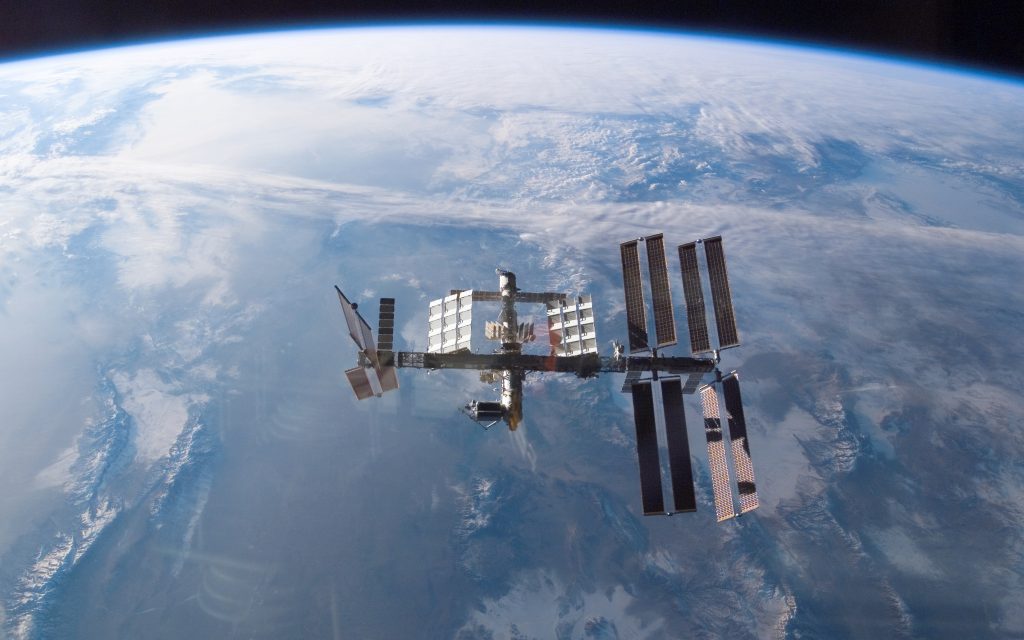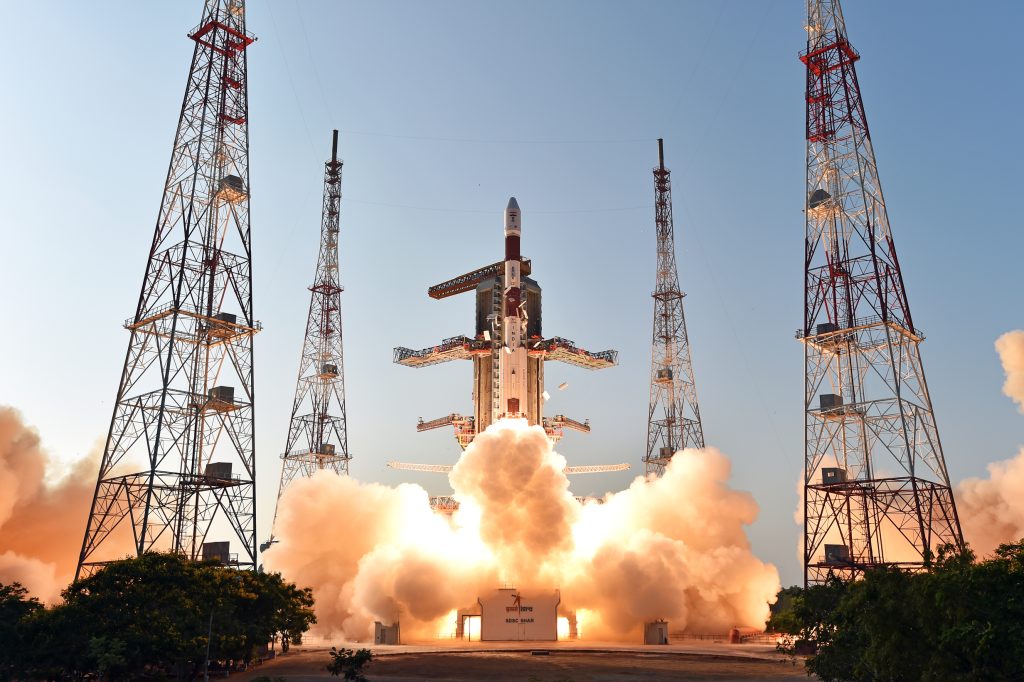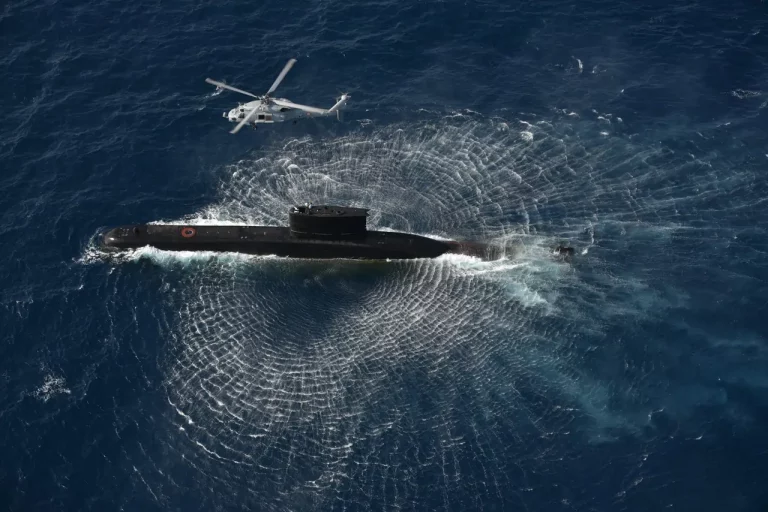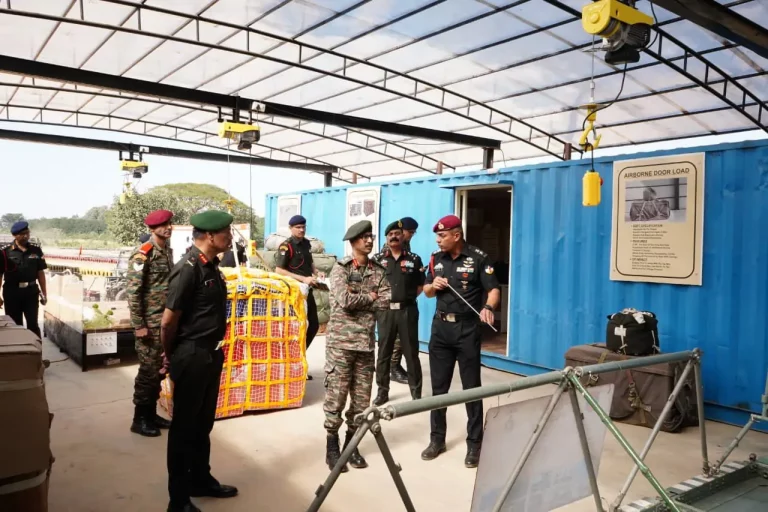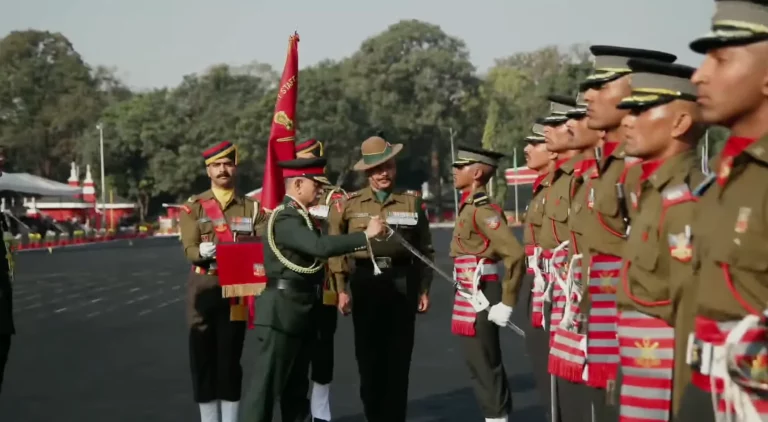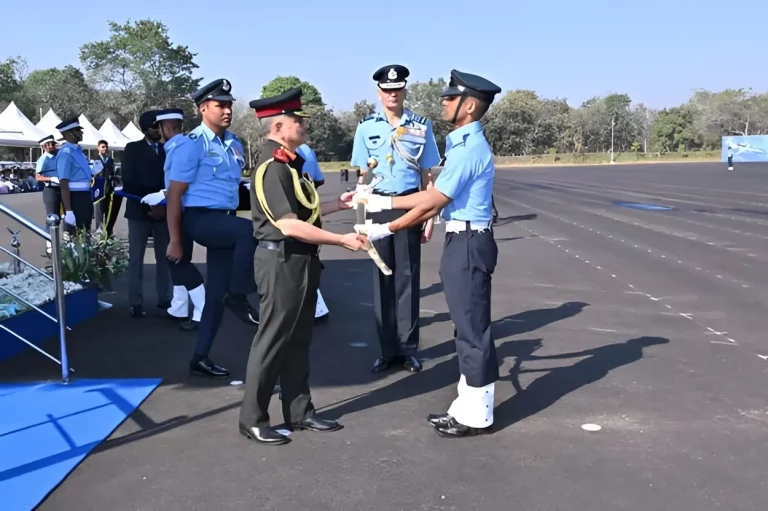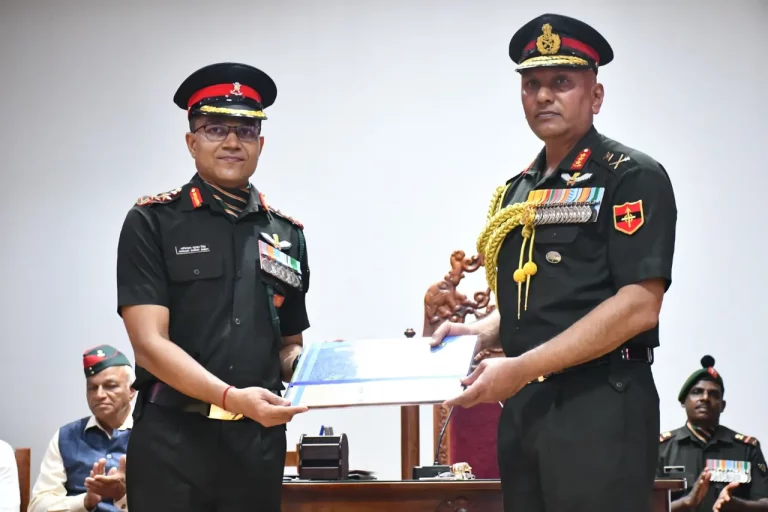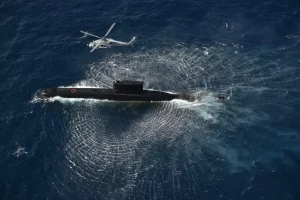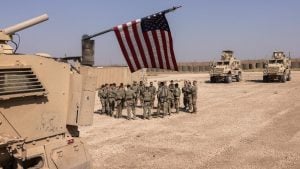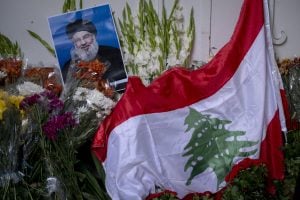International Space Station: With the successful launch of the Chandrayaan-3 moon project and the Aditya-L1 solar probe mission, the Indian Space Research Organisation (ISRO) has achieved great advancements in space research. Inspired by these accomplishments, ISRO has set its eyes on an even more ambitious goal: sending an Indian astronaut to the International Space Station (ISS) by 2024.
India to Send First Astronaut To International Space Station by 2024
The announcement of this innovative aim occurred on September 8 during a bilateral meeting between US President Joe Biden and Indian Prime Minister Narendra Modi. Both presidents declared plans to create a strategic framework for human spaceflight by the end of the year, reflecting India’s goal of sending an astronaut to the International Space Station in 2024.
President Biden praised Prime Minister Modi and ISRO scientists and engineers for the historic landing of Chandrayaan-3 at the moon’s south pole zone, as well as the successful launch of India’s first solar mission, Aditya L1.
ISRO and NASA have begun negotiations on many issues, including procedures, capacity building, and training for a cooperative endeavour to the International Space Station in 2024. Their collaborative activities are aimed at completing a strategic framework for human spaceflight collaboration by the end of 2023.
Furthermore, India and the United States have promised to improve planetary defence coordination, protecting Earth and space assets from asteroids and near-Earth objects. This includes US assistance to India in asteroid identification and tracking via the Minor Planet Centre.
During Prime Minister Modi’s official visit to the United States in June, NASA stated that advanced training for Indian astronauts would be provided at the Johnson Space Centre in Houston, Texas, as part of preparations for the collaborative flight to the ISS. The visit also marked the handover of the NASA-ISRO Synthetic Aperture Radar (NISAR) satellite to ISRO’s UR Rao Satellite Centre in Bengaluru, with a launch from India anticipated for 2024.
In the meantime, ISRO is hard at work on the ‘Gaganyaan trip,’ which aims to launch a three-person crew into an orbit 400 kilometres above Earth for a three-day trip before safely returning to Indian waters in late 2024 or early 2025.
ISRO performs a variety of tests to ensure the mission’s success, including AirDrop Tests, Pad Abort Tests, Test Vehicle flights, and rigorous safety and reliability assessments for safe ejection and transfer during manned missions. The Launch Vehicle Mark-III (LVM-3) is being converted into a Human-Rated Launch Vehicle (HRLV) capable of delivering a crew module and humans into space. Significant milestones have already been reached, including as Cryo Stage (C25) engine qualification tests and static Crew Escape System tests.
Throughout this endeavour, ISRO prioritises human safety by developing and implementing new technologies encompassing engineering systems and human-centric systems. The route to human spaceflight began in the mid-2000s, most notably with the Space Capsule Recovery Experiment (SRE) in 2007, which confirmed the efficiency of the thermal shield—a necessary component for crewed missions.
Despite financial difficulties that temporarily derailed the project, it was revived in 2017, with the goal of demonstrating India’s human space travel capability by 2021-22. The COVID-19 epidemic subsequently caused delays, highlighting the mission’s complexity.
To crack the SSB Interview and join the Indian Armed Forces as an Officer, You can join our SSB interview live classes batch and we recommend you to Enroll SSB INTERVIEW ONLINE COURSE. Trusted by thousands of defence aspirants.
